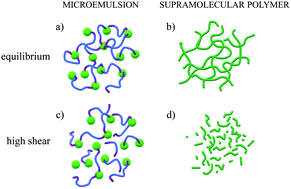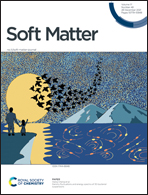Instabilities in freely expanding sheets of associating viscoelastic fluids
Abstract
We use the impact of drops on a small solid target as a tool to investigate the behavior of viscoelastic fluids under extreme deformation rates. We study two classes of transient networks: semidilute solutions of supramolecular polymers and suspensions of spherical oil droplets reversibly linked by polymers. The two types of samples display very similar linear viscoelastic properties, which can be described with a Maxwell fluid model, but contrasting nonlinear properties due to different network structures. Upon impact, the weakly viscoelastic samples exhibit a behavior qualitatively similar to that of Newtonian fluids: a smooth and regular sheet forms, expands, and then retracts. By contrast, for highly viscoelastic fluids, the thickness of the sheet is found to be very irregular, leading to instabilities and eventually to the formation of holes. We find that the rheological properties of the material rule the onset of instabilities. We first provide a simple image analysis of the expanding sheets to determine the onset of instabilities. We then demonstrate that the Deborah number related to the shortest relaxation time associated with the sample structure following a high shear is the relevant parameter that controls the heterogeneities in the thickness of the sheet, eventually leading to the formation of holes. When the sheet tears-up, data suggest by contrast that the opening dynamics depends also on the expansion rate of the sheet.



 Please wait while we load your content...
Please wait while we load your content...